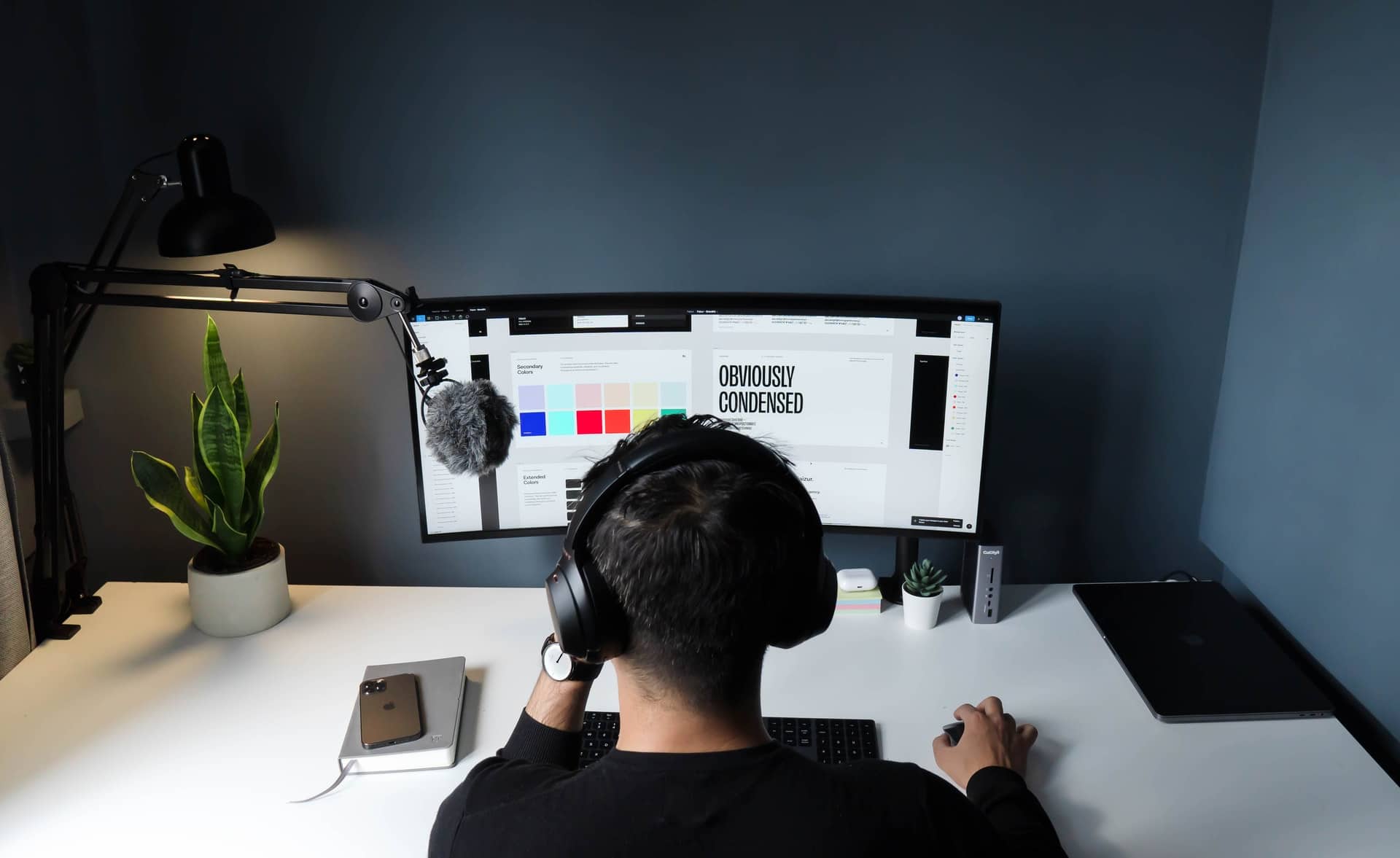
In the program Adobe Photoshop, we find a tool to create personal color palettes and unique, something very useful to give our personal style to the designs.
Having a custom color palette can make the design process much easier and more efficient. In addition to this, you can help us follow the same line to different files for the same project.
En creativos online, we have addressed on several occasions the topic of creating color palettes, this time we want to address the topic of how create a color palette in adobe photoshop once we have the colors decided.
Are color palettes important?

Color palettes are essential design element in any project of this sector or others. Whether we are dedicated to graphic design, interior design, web design, etc., it is essential to work with these tools.
If at the time of working we base ourselves on color palettes, we are going to achieve a solid base where we can lean on when we have to decide the colors that we are going to choose, we will be more critical when creating hierarchies and contrasts.
This decision about the colors that we are going to use, will allow us to capture the attention of customers with whom we are working or users who observe our work, and thus be able to direct their attention where we want.
Adobe Photoshop is one of the reference design programs for many designers today. For this reason, it is essential to know how to work with it and, in addition, to know how to create a color palette in said program. It is not only important to create them, but also to know how to manage them.
How to create a color palette in Photoshop?
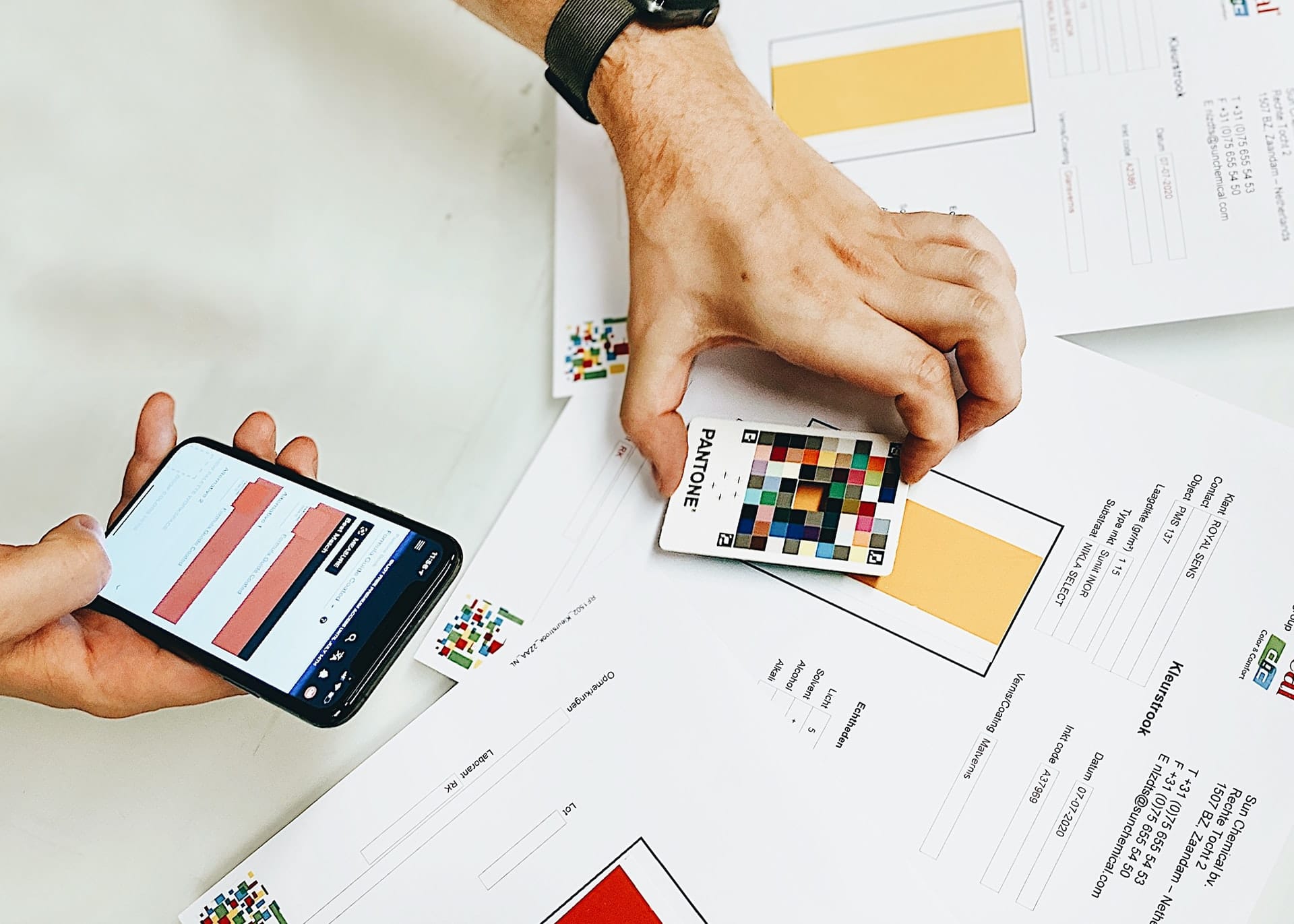
To create a color palette from scratch, let's from the point that we already have decided the colors with whom we want to start working on the design program.
The first thing we must do is start the Adobe Photoshop program and select the color palette with which we are going to work. In our case, we have chosen a basic color palette.
Inside the program, we are going to go to the swatch panel option. If you don't know how to get there, you just have to click on the top menu in the window option and look for the word samples in the drop-down menu. Then a popup box will open.
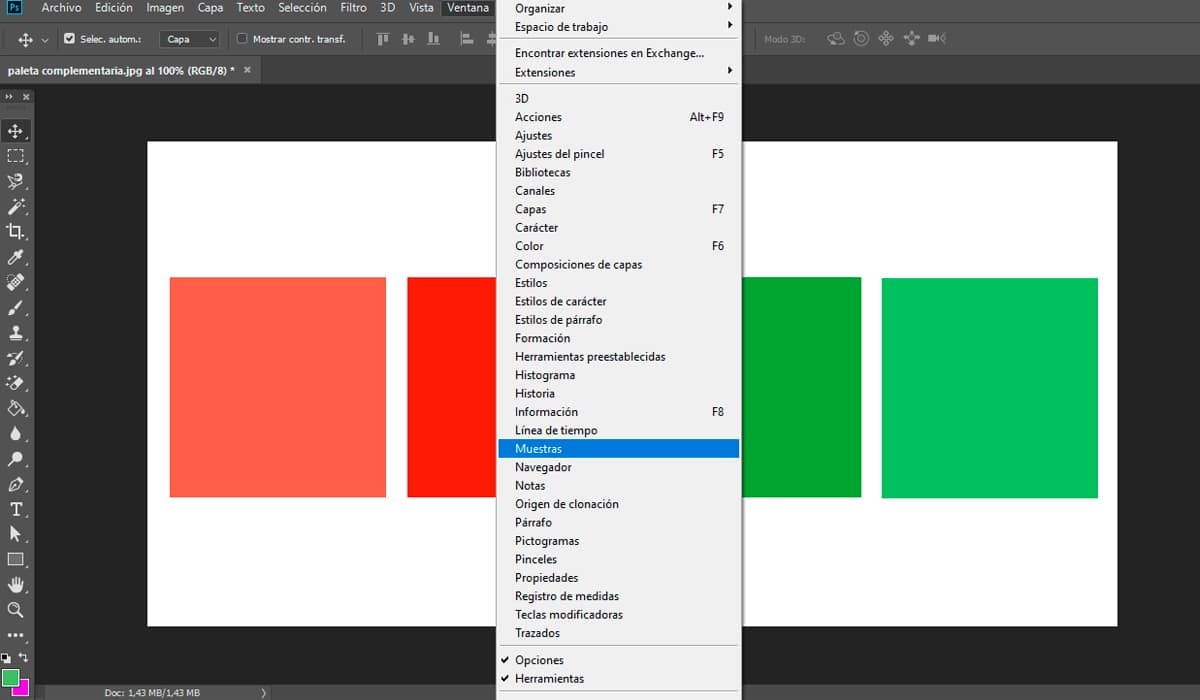
This table will help us make our own color palette, you can also delete the ones you don't like, order them, import them and even export them, among other options.
At the top of this pop-up box, a series of colors are shown that are the ones that have been used recently in the program. Each of these colors is called a sample.. Below these colors, there are other colors depending on the option you have chosen to work with.
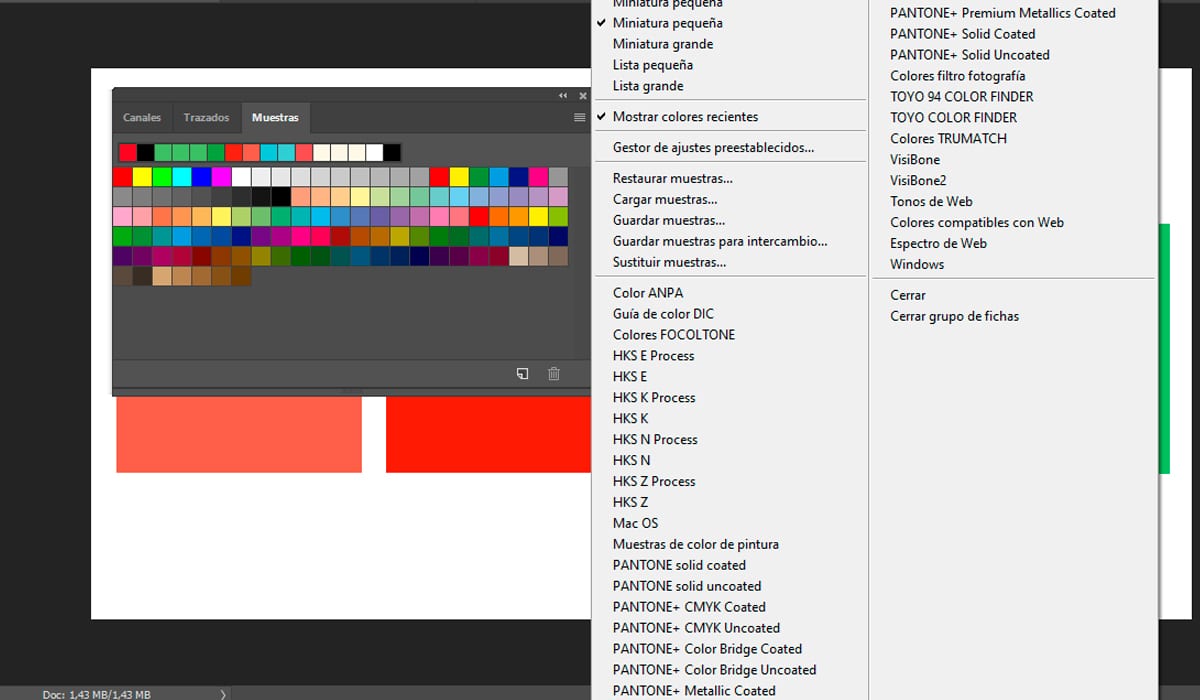
In the upper right part of the box, there is a hamburger menu, three horizontal lines, which when you click on it, displays a list with various options to work in the samples panel.
As we have indicated at the beginning of this section, we are going to work with our own palette, if you also do it that way, if you want you can remove the default palettes that the program offers you. You will only have to select them all and give the option to delete groups.
Once you have eliminated these groups, we are ready to start work. If by any chance, you want to recover some or all of the deleted groups, it is very simple, you must go to the hamburger menu and click on the option to restore default samples.
We begin to work on our palette and for this, we must add the colors of our palette to the swatches panel. This process can be done in two different ways. The first one is to open the color panel, find the color you want and click on the + icon. Doing this will add it to our swatch panel.
The second option is to have an image with the colors we want to work with. We will go to the toolbar on the left side of the screen and we will select the eyedropper tool. Next, we will click on the color we want and it will be added to the swatch panel as in the previous case.
We will see that before adding a color, a window where you can add a name to said sample. This will help to know exactly what color we are working with, it is advisable to name them by their equivalence in RGB, CMYK, among others.
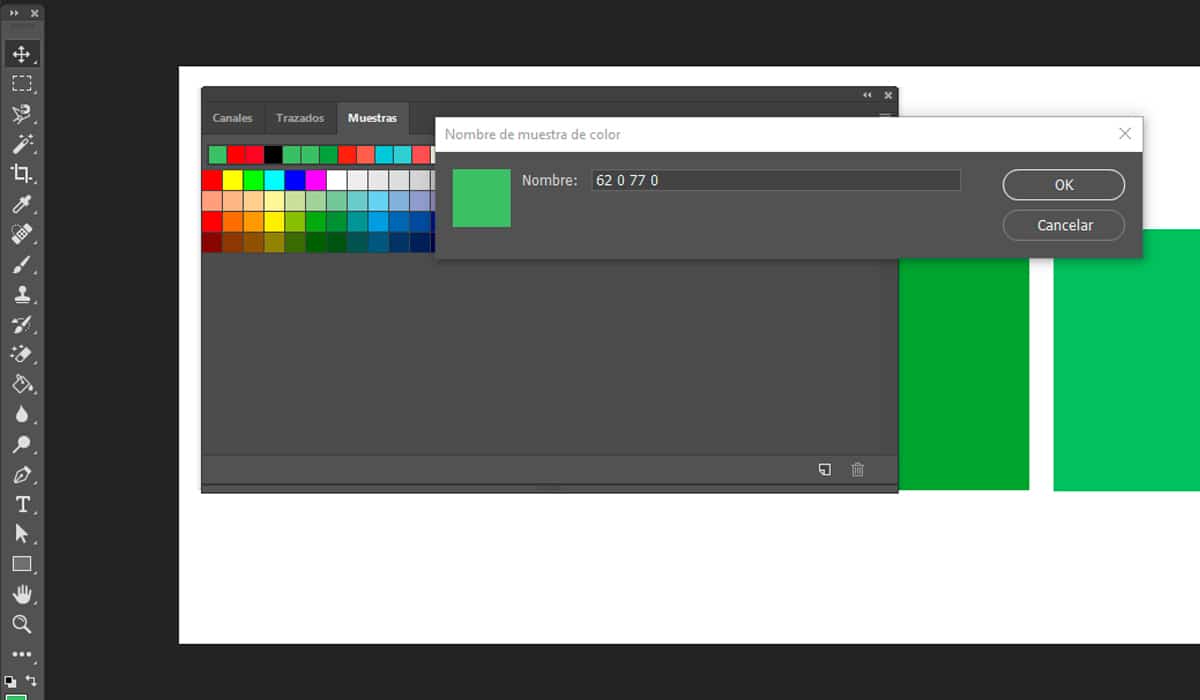
These We will repeat the steps one by one with all the colors that will make up our custom color palette.
Grouping color swatch

One piece of advice we give you is that be organized when workingBe neat freaks when it comes to creating layers or groups. What we are going to teach you in this section is to group all the samples with which you are working in a group.
When you have already created the colors that are going to compose your personalized palette, you just have to click on the icon with the shape of a folder. This icon is located in the lower right area of the sample panel window.
Give it a name, it is advisable to give it an identifying name. The next thing you should do is select colors and drag them into that group that we just created. Each of the colors can be moved and placed in a certain position individually, this is already your own choice.
How do I save my color palette in Photoshop?

The last step that we must know is how, once our personal color palette is finished, we can export it as a file to save it in a folder on our computer or how we can share them with other users.
To do this, you must have the color palette you want to export selected. Once you have chosen it, you must go to the hamburger menu, and look for the option of export selected samples.
Then it will open the explorer and we will save the file in the folder that we want. Always giving it an identifying name, for example: Winter Color Palette.
As you have seen, creating a color palette in Photoshop is a very simple process. It allows us to improve and create our own style when we face new projects. We hope it will help you and do not hesitate to start and apply it in your own work.